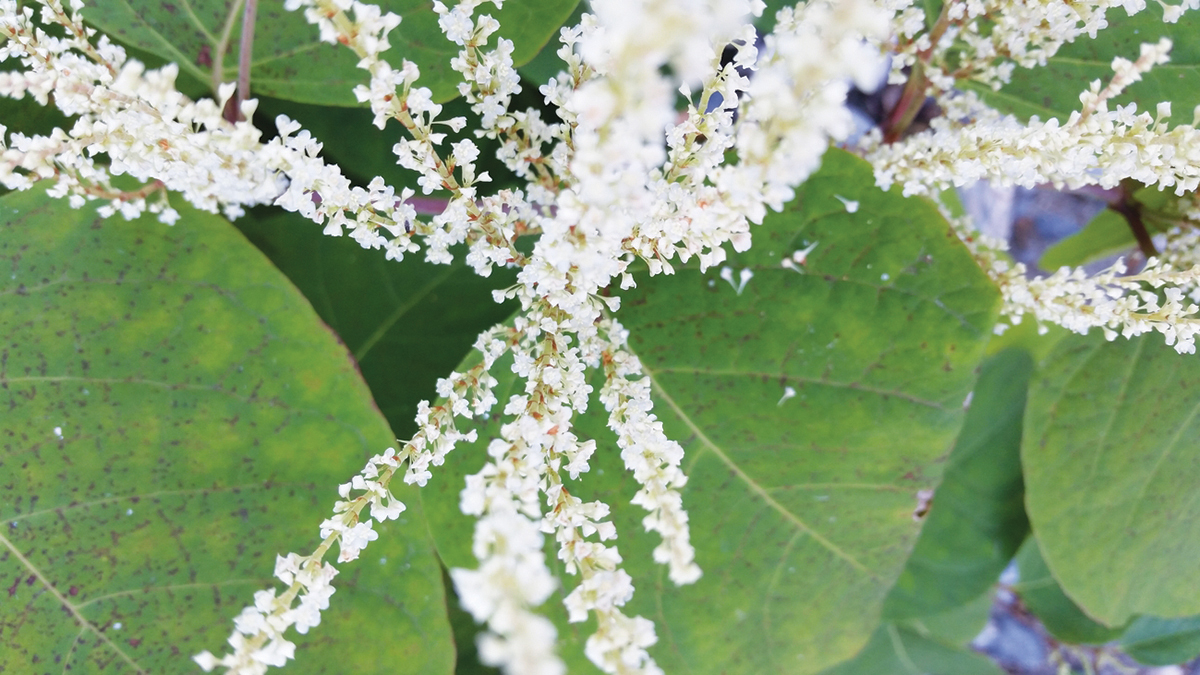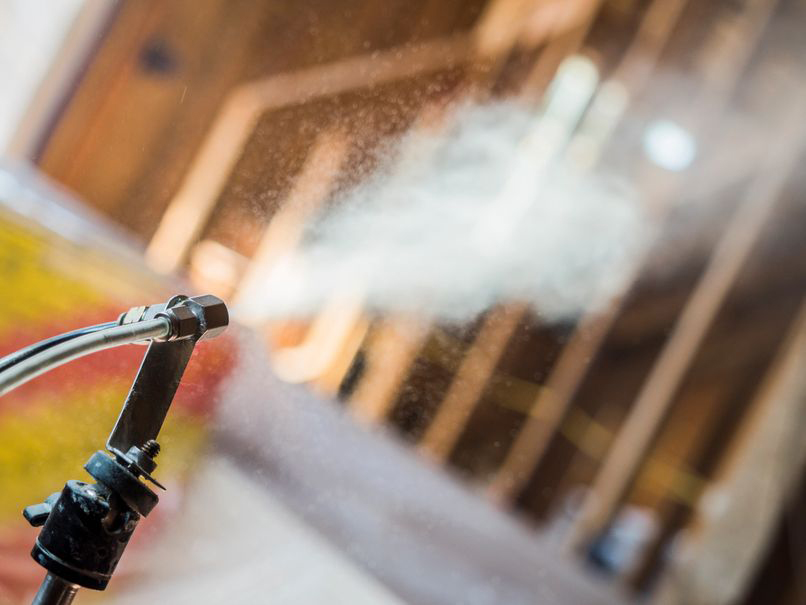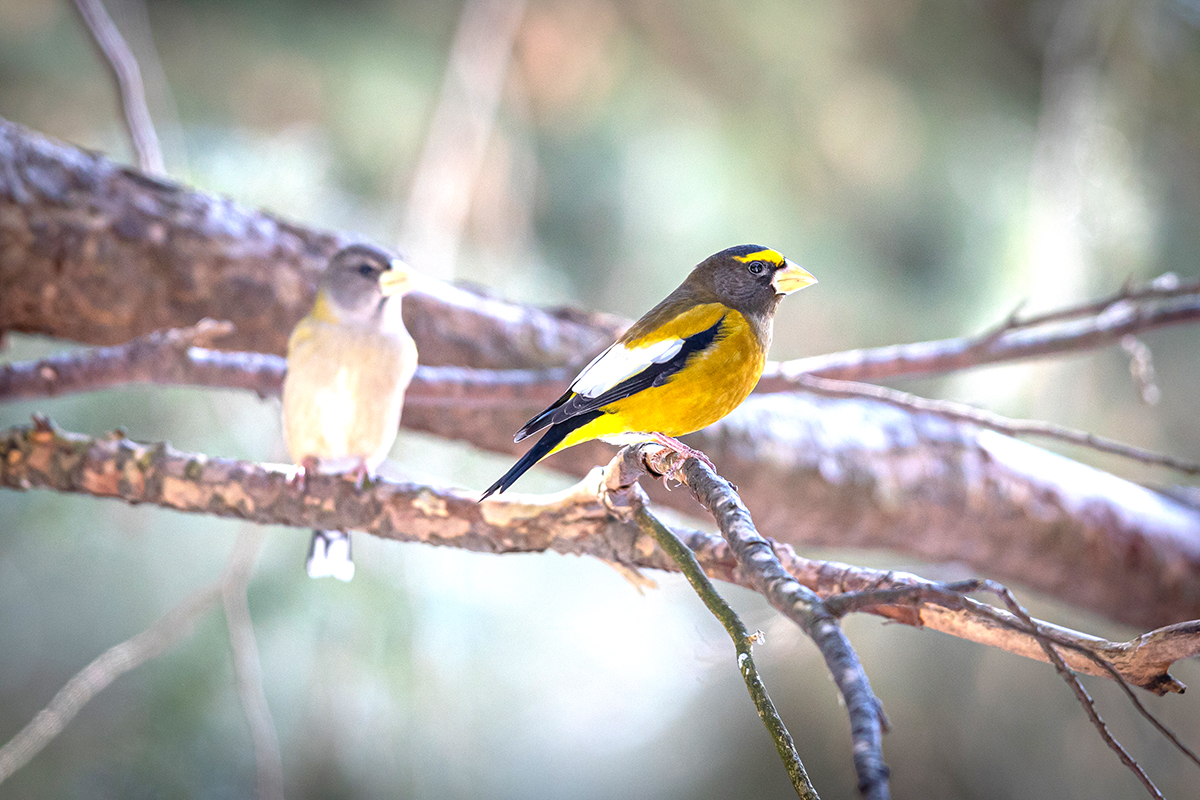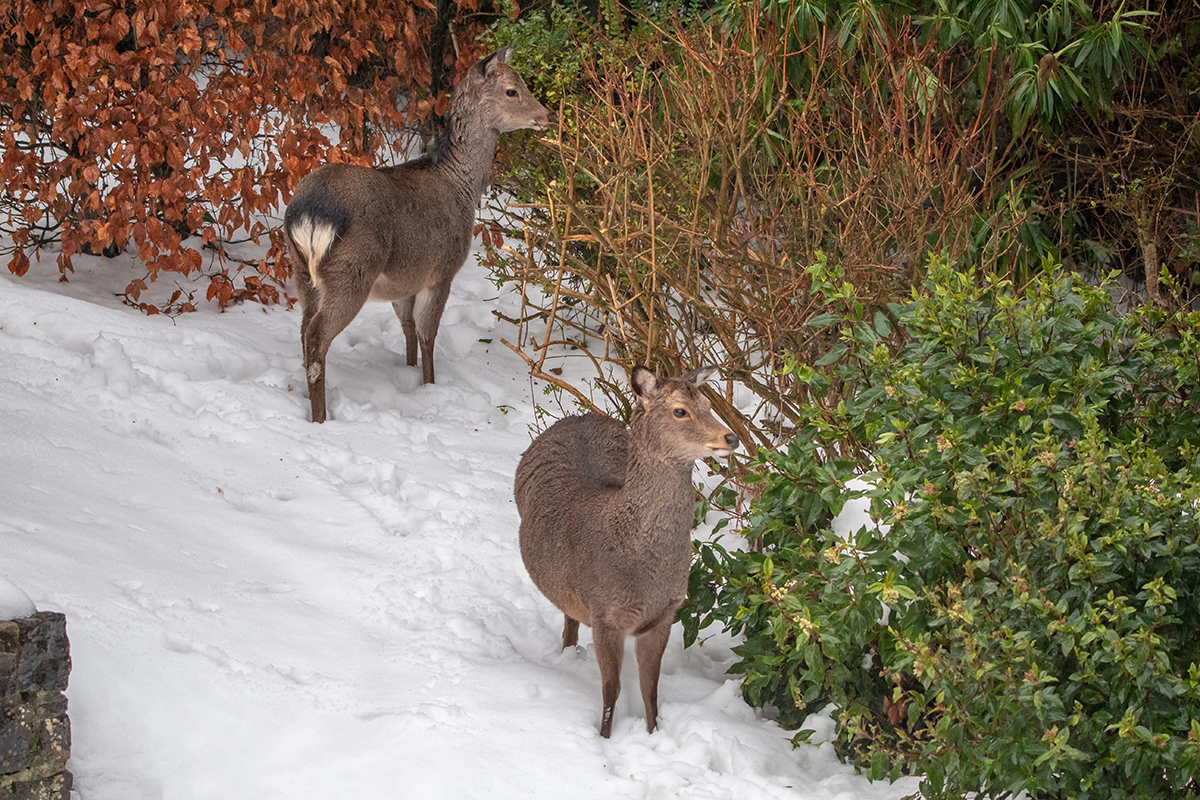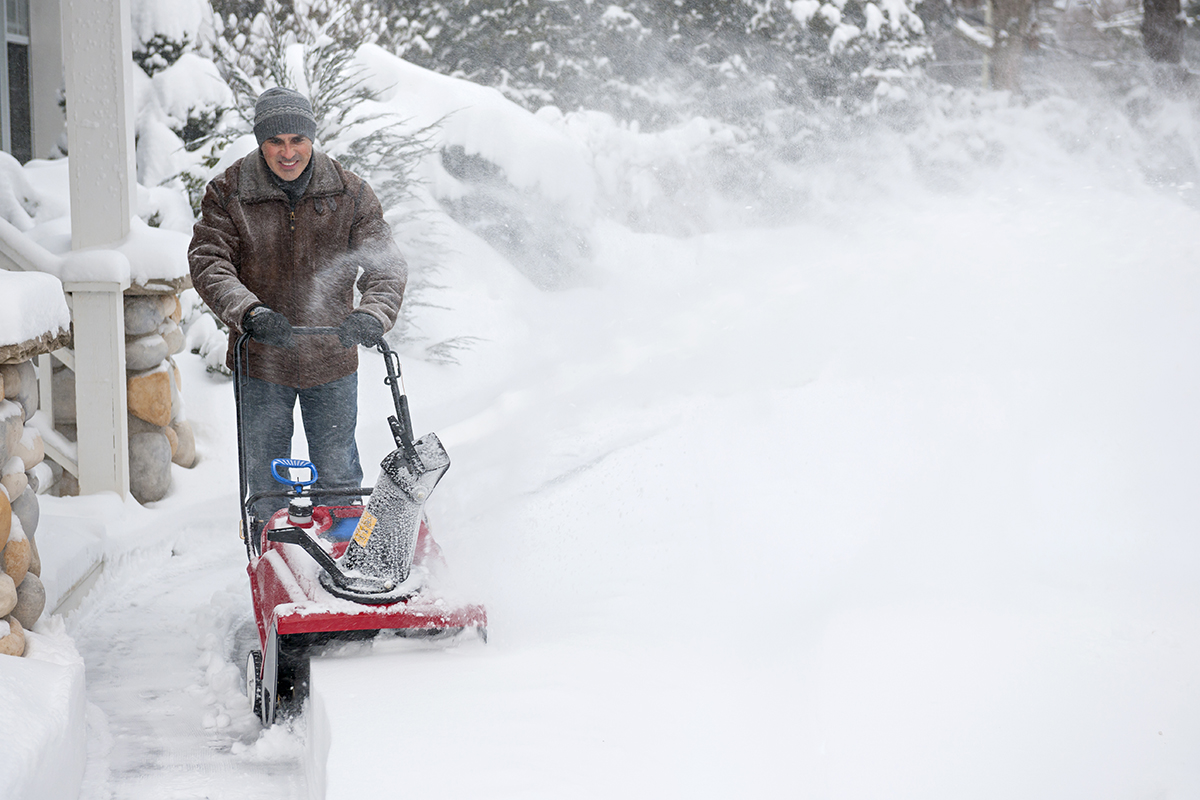WRITER |SCOTT PHILP
PHOTO| LANDSCAPE LOGIC
Invasive Species in Today’s Landscape
Mother Nature has provided us with many self-propagating plant species. In most landscapes this is something the homeowner desires – a chosen plant thrives in a location, spreading and outcompeting would-be weeds, in turn lessening their maintenance schedule.
While some plants reproduce by seed, others spread via underground tillers (called rhizomes) or above-ground tillers (called stolons). Regardless of their method, many varieties will spread over time and overwhelm nearby plants, especially if a particular species is growing in optimum conditions and has a spreading habit.
Many homeowners like groundcovers that spread. Pachysandra (Pachysandra terminalis), myrtle (Vinca minor), and many varieties of sedum (Crassulaceae) spread in nature and are staples in American landscapes.
Plants become invasive when they reach a certain threshold of aggressiveness. As they spread, they replace native vegetation, reducing plant diversity and habitat value to wildlife.
Four of the more commonly found species identified as invasive by the Michigan DNR include phragmites, purple loosestrife, autumn olive, and Japanese knotweed.
1. Phragmites (Phragmites australis)
Ranging in height from 6 to 13 feet, an invasive hybrid variety of phragmites (also called common reed) is threatening wetlands and shorelines of the Great Lakes in certain areas. Phragmites are a perennial grass with a green-grayish leaf. Its seed pods are purple in color, and it typically grows in wet areas, along streams, ponds, or wetlands.
2. Purple Loosestrife (Lythrum salicaria)
Ranging in height from four to ten feet, this herbaceous plant grows along roadsides and wetlands and is easily identifiable by its magenta flower spikes that appear in late July.
3. Autumn Olive (Elaeagnus umbellata)
This shrub can grow up to 20 feet tall and has often been planted for wildlife habitat. Its bright green leaves have a silver underside, its flowers are a creamy-yellow color, and it has abundant red berries in the fall. It spreads easily by seeds dispersed by birds and mammals and is most aggressive in prairies and fields.
4. Japanese Knotweed (Fallopia japonica)
This aggressive spreading herbaceous shrub grows from three to ten feet high, has green leaves, and white flowers in August and September. Its stems have a thin white coating that rubs off easily, and its hollow stalks can be seen in the winter, looking similar to bamboo.
There are many plant varieties available that can provide a native appearance in the managed landscape. Propagated perennial flower recommendations for sunny, dry sites include coneflower (Echinacea), black-eyed Susan (Rudbeckia), poppies (Papaver), blanket flower (Gaillardia), yarrow (Achillea), catmint (Nepeta), and gayfeather (Liatris). These readily available perennials do spread in a landscape to fill bedding areas but are not overly aggressive. Once established, they are very hardy and require very little maintenance.
Ornamental grasses are also widely cultivated and can contribute to a native landscape. Prairie dropseed (Sporobolus heterolepis), Karl Forester grass (Calamagrostis x acutiflora ‘Karl Forester’), and Northern sea oats grass (Chasmanthium latifolium) are all species full of character and are great choices for landscapes with a native concept.
There are many native propagated perennials for wet or shady sites as well. A few notable varieties include bee balm (Monarda), ostrich fern (Matteuccia struthiopteris), and Siberian iris (Iris sibirica). Joe-Pye Weed (Eutrochium purpureum) is another popular choice but is more aggressive than some other perennials and should be planted only if rapidly spreading characteristics are sought.
Michigan.gov/invasives is a great resource for information and photos of recognized invasive species. DNR grants are available to eradicate invasive species as well in certain situations. Another great resource for information on invasive plants in Michigan is the Michigan Department of Environmental Quality website found at Michigan.gov/deq.
If you believe you have an invasive species on your property and would like it identified or eradicated, an experienced landscape professional with a certified applicator’s license through the Michigan Department of Agriculture will be able to provide a comprehensive plan for your property.
Similarly, an experienced landscape designer or landscape architect can provide a planting plan focusing on native species for your property to help ensure your plant selections are correct for your concept and space.


